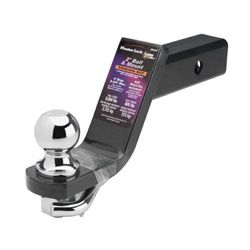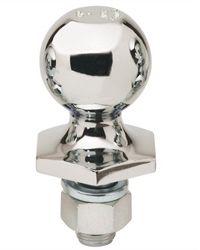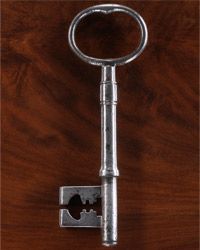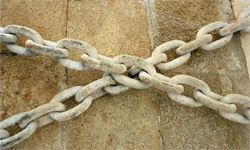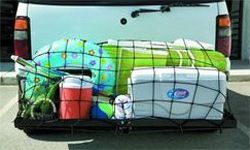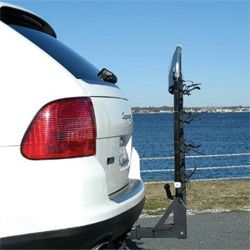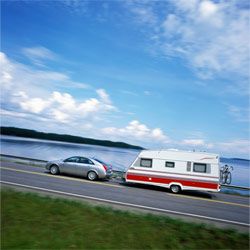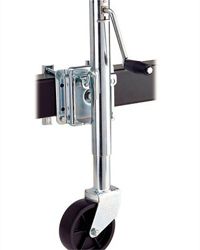In the same way that the right tie or scarf can transform a ho-hum outfit into a knockout ensemble, the right accessories for your trailer hitch can make or break your towing experience.
And it's not just about style, either. Many of the accessories made for your hitch -- the device that connects the tow vehicle to the trailer -- are designed specifically to keep you, your passengers, your cargo and fellow travelers safe. In fact, safety should be your primary concern if statistics from the U.S. Department of Transportation are any indication. Nearly 59,000 crashes involving passenger vehicles towing trailers occur each year, resulting in injury to more than 28,000 people, according to the National Highway Traffic Safety Administration.
Advertisement
Luckily, most of the popular hitch accessories are relatively inexpensive and easy to install. And yet those few extra dollars -- and extra few minutes -- can mean a great deal when you're hauling 5,000 pounds across 3,000 miles (or 2,268 kilograms across 4,828 kilometers). So let's get started.
Before we dive into the Popular Hitch Accessory 10, a quick bit of hairsplitting. A few towing pros may argue that some of the accessories we're about to cover (top-wind and swing-away jacks, for example) should technically be classified as trailer accessories. That may be true, but because a trailer and hitch operate as a single unit when they're connected, we feel such liberties are justified.
OK, now we're ready. Let's begin with ball mounts.

